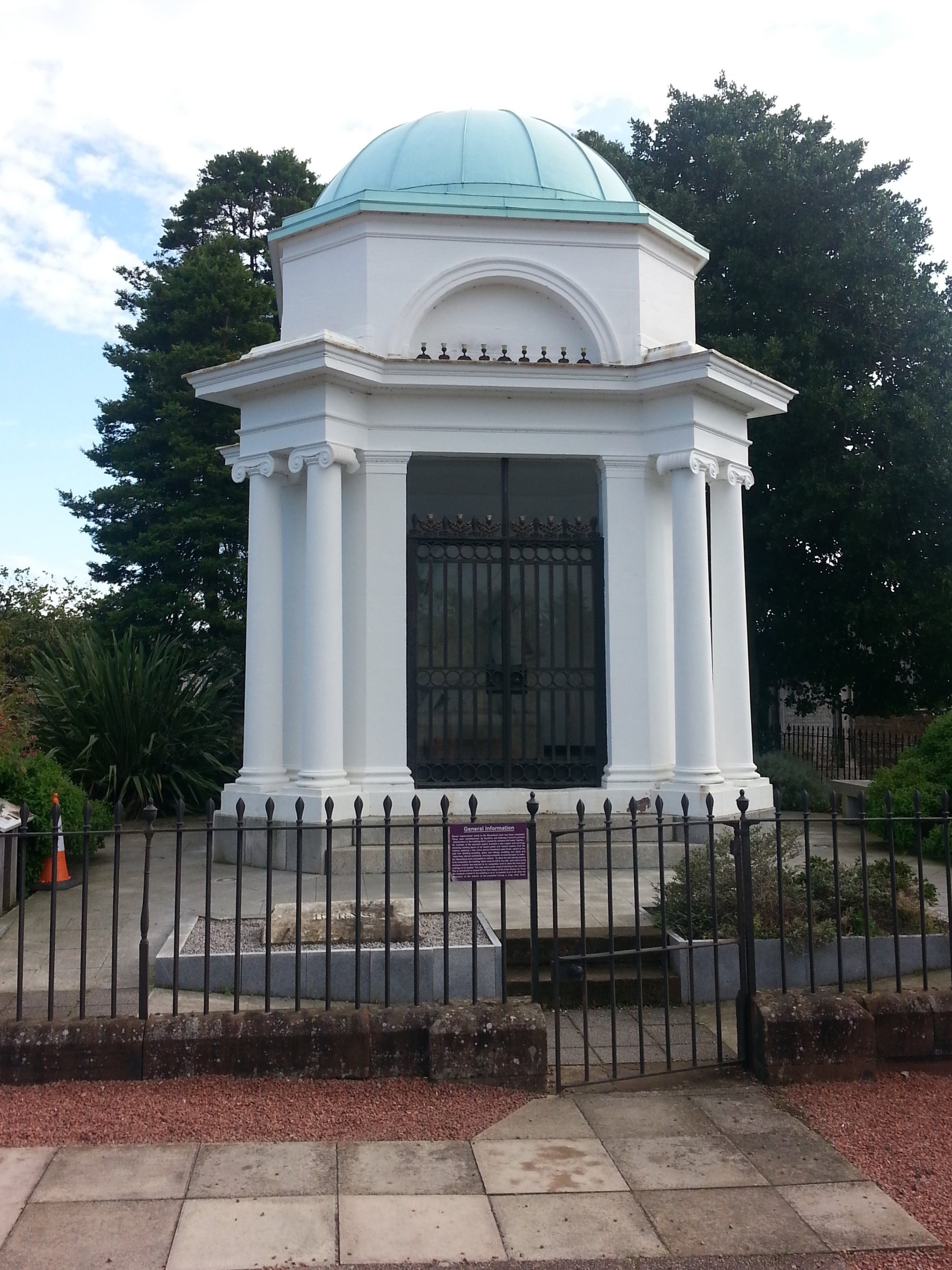
There are two noteworthy Scottish dates this week, on 21 July and 25 July.
21 July marks the death of Robert Burns in 1796, at the age of just 37. A cultural icon in Scotland, his poems and songs are still recited and sung today. There is even a connection to New Zealand – his nephew Dr Thomas Burns was one of Dunedin’s founding fathers during Scottish settlement there and a statue of Robert Burns, unveiled in 1887, stands in the Octagon at the heart of the city’s centre.

Born in Alloway, just south of Ayr, Robert was the oldest of seven children. His parents, William Burnes and Agnes Brown, were poor tenant farmers; the family never escaped poverty and hardship and the unrelenting farm labour left Robert with a legacy of poor health. He did receive a good education, both from his father (who was self-educated) and from several tutors and schools.
His first poem, "O, Once I Lov'd A Bonnie Lass", was written to Nelly Kilpatrick when he was 15. This was followed over the next few years by other poems and songs, often inspired by young ladies of his acquaintance – he seemed to fall in love frequently! In 1785 he met Jean Armour who bore him twins in 1786. Although her father initially forbade it, they married in 1788.
His first book of poems was published on 31 July 1786 and was an immediate success, allowing him to advance his career by visiting Edinburgh and meeting publishers, wealthy sponsors etc. In addition to poetry, he also became involved in preserving Scottish music, gathering old Scottish folksongs and writing his own words to traditional Scottish melodies.
In 1791 he moved to Dumfries, living in a two-storey red sandstone house (now a museum).

His health failed over the next few years and he died on 21 July 1796. He was buried in a corner of St. Michael's Churchyard in Dumfries, with just a plain stone grave slab. His admirers felt this inadequate and in 1813 his friend John Syme and others launched an appeal to build a memorial mausoleum in the same Churchyard. His body was moved to this beautiful structure (shown at the top of this blog) in 1817; Jean Armour was also buried there on her death in 1834.
25 July marks the Union of the Crowns of Scotland and England in 1603, with the coronation of James VI of Scotland also as James I of England and Ireland, succeeding his cousin Elizabeth I.

The succession was smooth and well received by the English people; Elizabeth had no children and James was descended from Margaret, eldest daughter of Henry VII of England and James IV of Scotland, and so seen as a very acceptable heir. He was also of course the son of Mary Queen of Scots, whom Elizabeth had executed in 1587.
He was mobbed by the people as he entered London before the coronation, but this popularity did not last. James wanted a complete amalgamation of England and Scotland into Great Britain, with his title becoming “King of Great Britain and Ireland” but neither the English nor the Scottish Parliaments were keen. Although both Parliaments considered the proposed union for several years, the two countries remained individual sovereign states, with their own parliaments, judiciaries, and laws. Full union as the single sovereign state of Great Britain did not take place until the Acts of Union of 1707 during the reign of Queen Anne.







